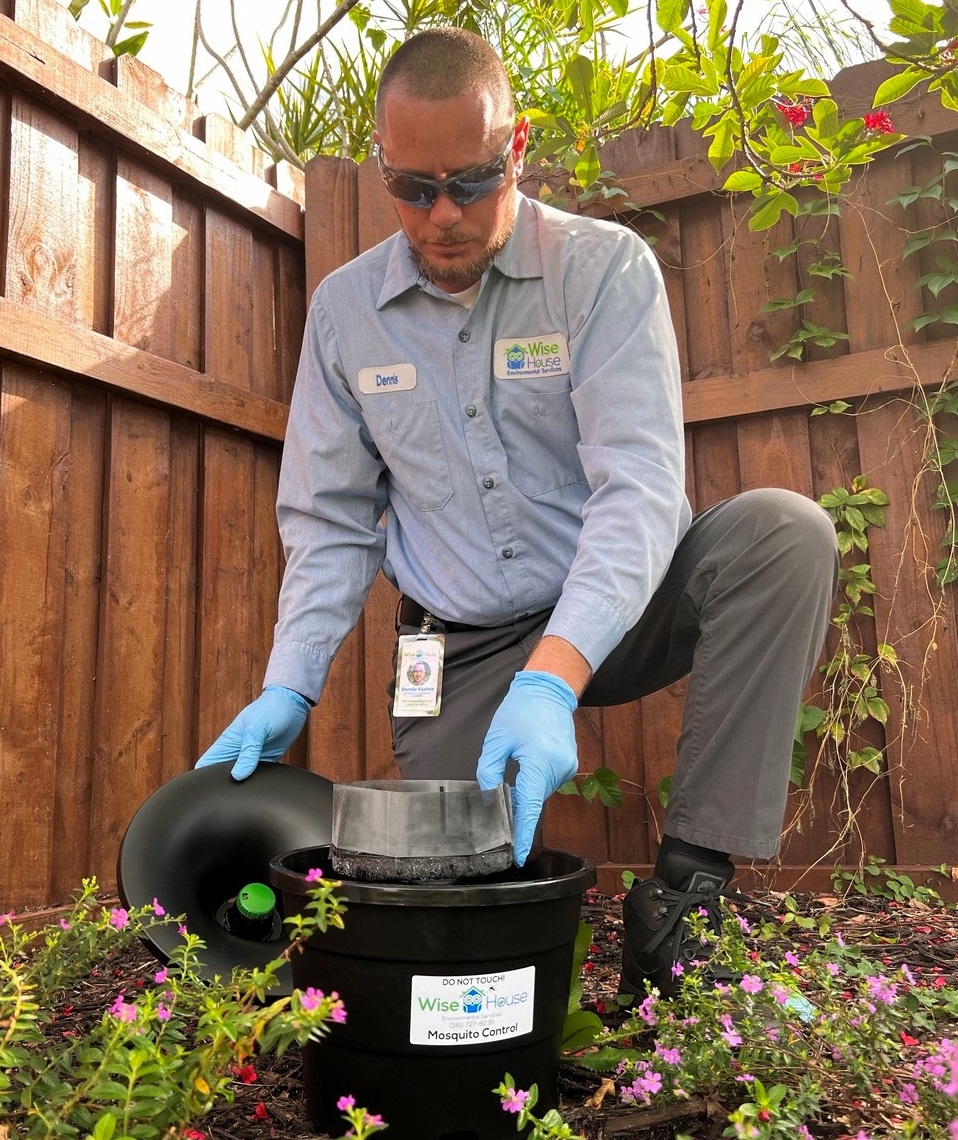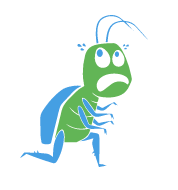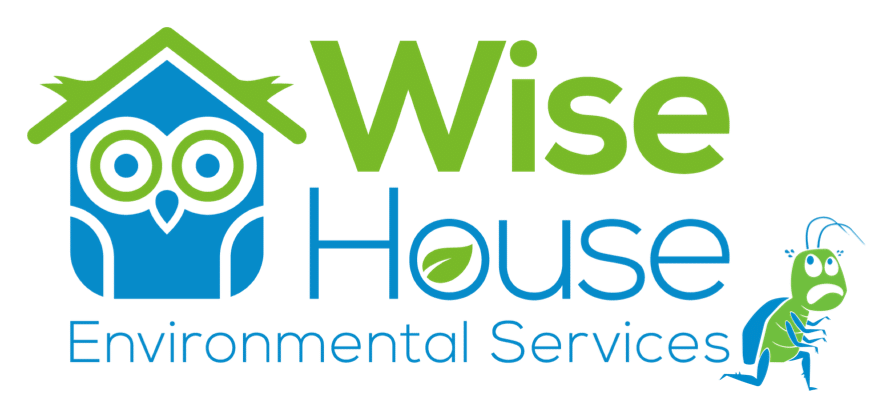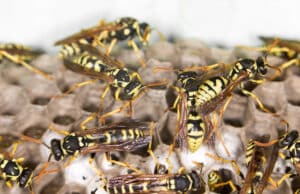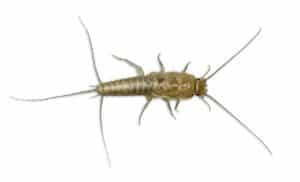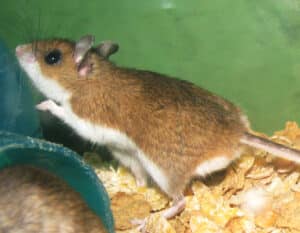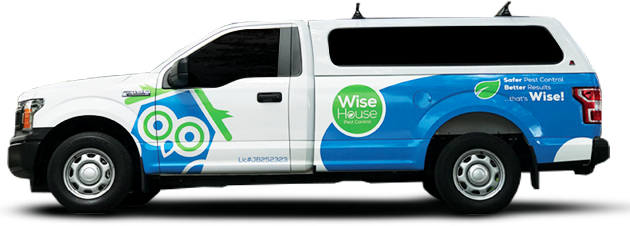Pyramid Ant
Dorymyrmex insanus
Pest Stats

Color
Vary in color from dark brown to pale blond ants

Size
Around 1/8th of an inch in length

Shape
Segmented body with a two-segmented waist (pedicel), 10-segmented antennae with a two-segmented club, and a sting at the tip of the abdomen.

Region
Native to South America and have expanded their range into various regions like Southeastern United States: Including Georgia, Florida, Alabama, Mississippi, Arkansas, Louisiana, and Texas.
What is Pyramid Ant?
Pyramid ants (Dorymyrmex spp.) are small, fast-moving ants commonly found in dry, sandy soils across South Florida. They get their name from the distinct cone-shaped projection on their thorax, which sets them apart from other ant species. These ants belong to the Dolichoderinae subfamily, characterized by a single “hump” between the thorax and abdomen and the absence of a stinger. Pyramid ants are typically light red, yellowish, or dark brown, depending on the species. They build cone-shaped mounds with a central entrance and are often seen foraging for live or dead insects and honeydew from aphids.
What Do Pyramid Ants Look Like?
Pyramid ants are easily recognized by their cone-shaped mounds with a central entrance, commonly found in dry, sandy soils across South Florida. These ants belong to the Dolichoderinae subfamily, characterized by a single "hump" between the thorax and abdomen and the absence of a stinger. Their most distinctive feature is a cone-shaped projection on the thorax, setting them apart from other ants. Two common species, Dorymyrmex bureni (light red to yellow) and Dorymyrmex medeae (dark brown to black), are frequently found in lawns, gardens, and sandy areas.
Read More
Similar Ants
- Ghost Ants (Tapinoma melanocephalum)
- Crazy Ants (Paratrechina longicornis)
- Big-Headed Ants (Pheidole spp.)
Biology of Pyramid Ants
Pyramid ants get their name from the distinct conical projection on top of their thorax. These single-node ants primarily nest in soil, forming circular crater-like openings in open areas or hiding under rocks, logs, or debris. While they rarely invade homes, they may occasionally enter while foraging for food. Outdoors, they feed on live and dead insects and are especially attracted to honeydew from plant-feeding insects. Their colonies remain relatively small, typically consisting of only a few thousand workers.
Habits, Behaviors, Dangers of Pyramid Ants
Pyramid ants (Dorymyrmex spp.) are soil-nesting ants commonly found in dry, sandy areas across Florida. They build cone-shaped mounds with a central entrance and prefer open spaces, often nesting in lawns, gardens, and near sidewalks. These ants are active foragers, feeding on dead insects and honeydew from aphids, making them beneficial in some ecosystems.
However, their small colonies can still become a nuisance in residential areas, especially when mounds appear throughout yards. While pyramid ants do not sting or invade homes, their presence can disrupt landscaping and outdoor spaces. To effectively manage pyramid ant populations, professional pest control services in Florida can provide targeted treatments and prevention strategies.
5 Ways To Prevent Pyramid Ants in Your Home

Seal Entry Points
Inspect your home's exterior for cracks, gaps, and openings, especially around doors, windows, and utility lines, and seal them with silicone-based caulk to block potential entryways.

Eliminate Moisture Sources
Repair leaky pipes, ensure proper ventilation in attics and crawl spaces, and address any moisture buildup within walls to create an inhospitable environment for Pyramid Ants.

Maintain Landscaping
Keep tree branches and shrubbery trimmed away from the house to prevent ants from using them as bridges to enter your home.

Properly Store Firewood and Building Materials
Store firewood at least 20 feet away from the house and five inches off the ground, and eliminate piles of lumber, bricks, or other debris that could serve as nesting sites for Pyramid Ants.

Use Insecticide Barriers
Apply a residual insecticide barrier along the foundation of your home to deter ants from entering.
Need Help Getting Pyramid Ants?
If you're dealing with a Pyramid Ant infestation in South Florida, professional pest control services can help identify nesting sites and implement effective treatment strategies. Contact a licensed exterminator to protect your home or business from these invasive pests.
Contact Wise House Environmental Services at 1-800-283-1559 for more information and a free quote on ant control services.
5 Ways To Keep Pyramid Ants Out Of Your Home

Store Food Properly
Ants are highly attracted to food inside the home. Keep food stored in airtight containers, clean up crumbs or spills immediately, and regularly empty trash bins with food waste.

Clean Regularly
Ants are resourceful and will find even the smallest bits of food. Regularly sweep, mop, and wipe down countertops, especially in the kitchen and dining areas, to remove potential food sources. Pay attention to corners and crevices where crumbs might gather.

Reduce Moisture
Fix leaks and eliminate damp areas to remove the moisture that Pyramid Ants seek out. Repair dripping faucets, leaky roofs, or poor drainage, and replace any damp or rotting wood.

Seal Cracks and Gaps Indoors
Just as with the exterior, inspect your home’s interior for small cracks or gaps where ants could enter. Seal any visible openings, especially around windows, door frames, baseboards, and along the edges of cabinets.

Don’t Leave Pet Food Out Overnight
If you have pets, avoid leaving their food out overnight. Ants are attracted to pet food, so clean up any leftover food, or place pet dishes in a shallow tray of water to create a barrier.
Our Customers Love Us!
See What They Are Saying


- Michael C.

- John U

- Benjamin N.

- Bob G.

- Aaron C.

Dedicated To Being The Pest Control Company You Can Rely On
Request a professional estimate!
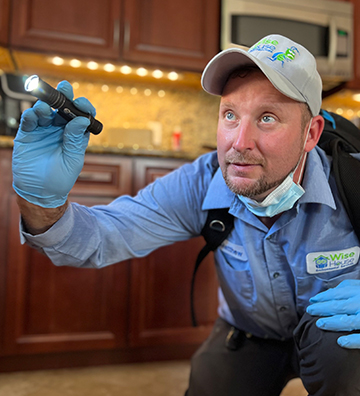
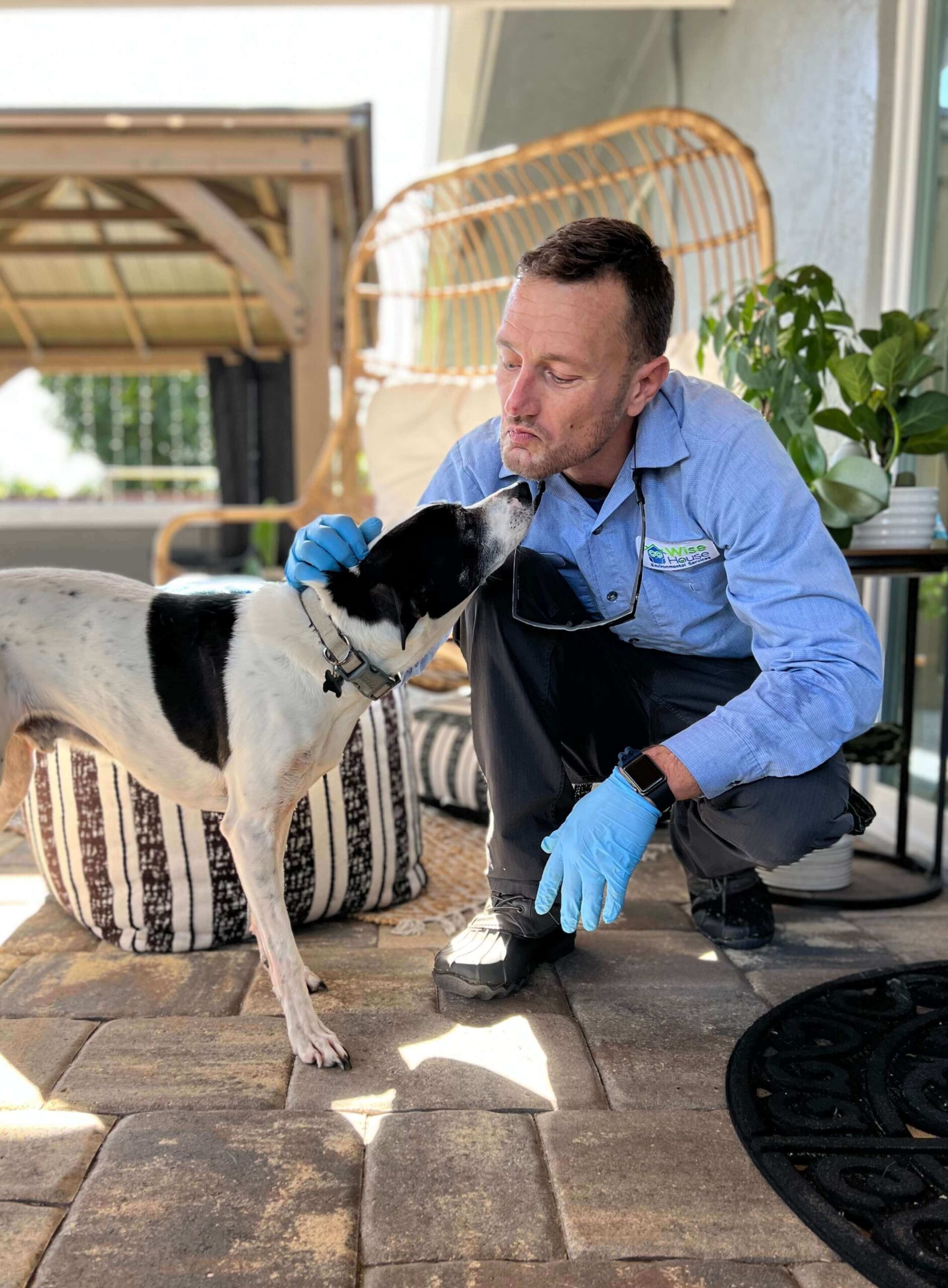

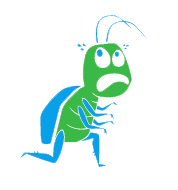
Request a Profesional Ant Quote!
Get an estimate!
